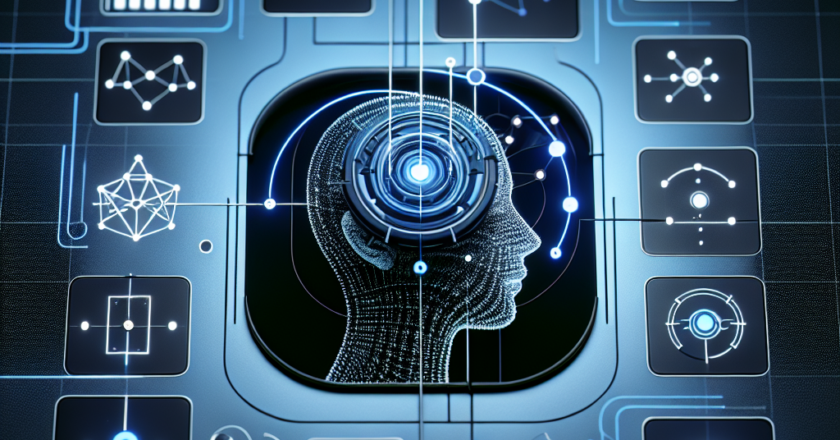Simular’s Agent S2: Revolutionizing User Experiences with AI Framework
Main Ideas:
- Simular has introduced Agent S2, an AI framework for computer use agents.
- This framework is open-source, modular, and scalable, aiming to enhance user experience.
- Agent S2 is designed to improve the adaptability and precision of automation tools.
- By being modular, it allows customization and adding new features easily.
- Simular aims to address challenges in interacting with software and operating systems through this AI framework.
Author's Take:
Simular's Agent S2 emerges as a promising solution to streamline user interactions with various software and operating systems. By leveraging AI in an open, modular, and scalable framework, it has the potential to enhance automation tools' adaptability and precision, aiming to revolutionize user experiences in the digital real...










